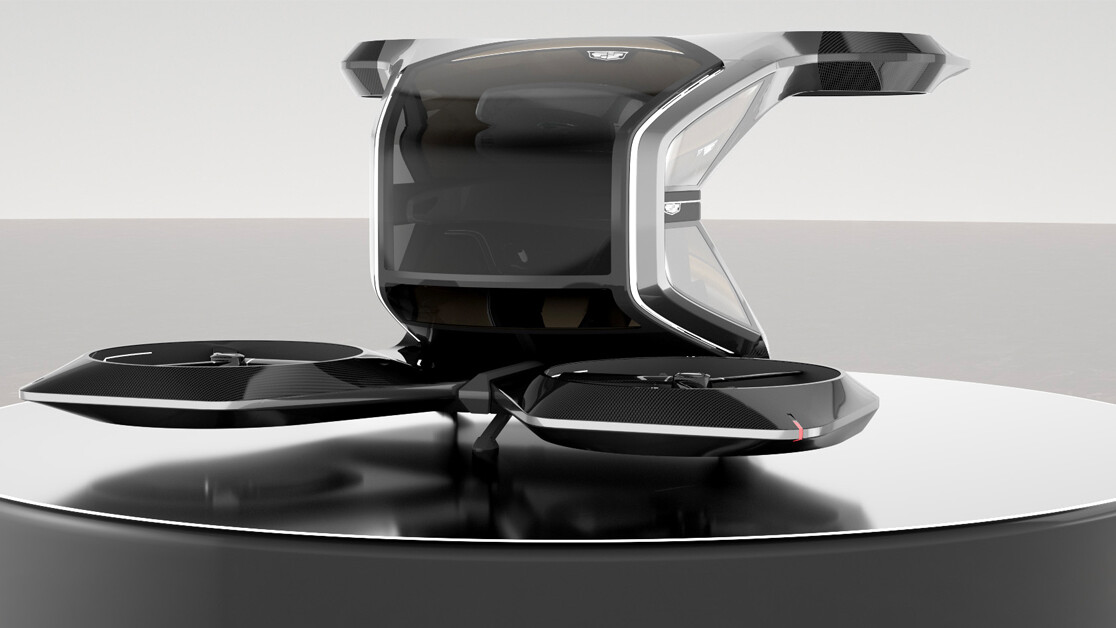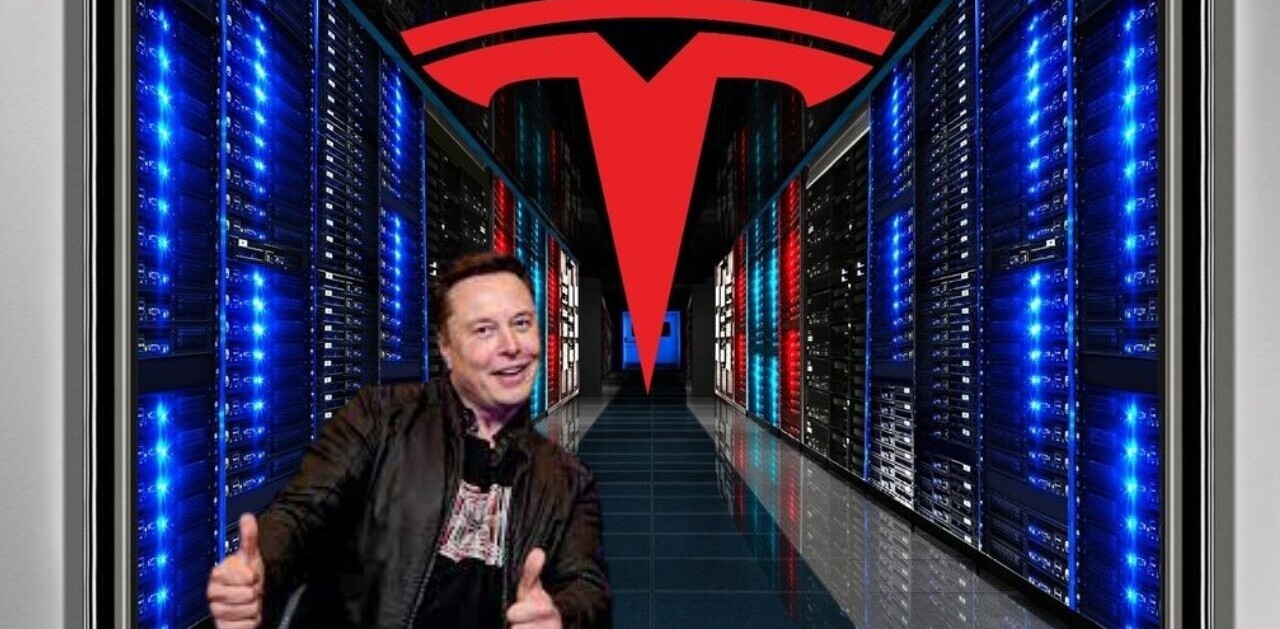
CES went digital for obvious reasons this year. I missed the serendipity associated with strolling up and down alleys of startups and wandering around corporate booths. It was much more difficult to feed my curiosity and discover unexpected products, services, materials, partnerships, or old friends, all online. However, I did not miss having achy feet at the end of the day! All in all, I missed the live version.
After reporting on mobility and autotech at previous CES exhibitions (2017, 2018, 2019, 2020), I am happy to share what drew my attention this year. The unique format attracted fewer than half of last year’s exhibitors, i.e. 1960 vs 4500. The largest cohorts came from the USA (569), Korea (341), China (203), and France (135). Whereas 170,000 people attended last year, I assume more people were able to take part this year, which is a good thing. The digital venue will remain accessible until February 15 for content viewing.
This year’s main mobility/autotech topics were digital cockpit and in-cabin experience, electrification, and autonomous driving, although to a lesser extent.
Digital cockpit and in-cabin experience
The best illustration of the digital cockpit trend came from Daimler. The immersive MBUX Hyperscreen, which will be first featured on the Mercedes EQS, will certainly give Tesla Model S’ 17-inch center display and Porsche Taycan’s 4-display set-up a run for their money. The 56-inch single, curved piece of glass almost runs pillar-to-pillar and hosts specific OLED displays zone in front of the driver, as well as the front passenger and in the center. Perceived quality seems amazing (video).
An 8-core CPU will control drive and comfort features with the assistance of AI. The “co-driver display” offers a broad array of options and the ability to share content with rear passengers. For safety reasons, this display will apparently be deactivated if the driver peeks at it, thanks to a camera that monitors their eye gaze.
Augmented Reality associated with a Head-Up Display (HUD) also made the show, after being introduced on VW’s recently launched ID.3. Panasonic presented its own version. In both cases, computer vision and object classification are combined with navigation input and the HUD to project guidance and safety-critical information in front of the driver. The decreasing cost of HUDs, the increasing availability of the raw data, and computing power should make this feature almost ubiquitous in a few years.
[Read: ]
Electrification
Sony surprised us last year when they introduced Vision-S Concept, a battery-electric sedan that leverages the company’s broad range of tech. If most people had any doubts as to Sony’s real intentions, this should no longer be the case. The company doubled down, showing road testing as well as presenting their partners. These include Magna Steyr, Bosch, Valeo, Continental, ZF, Vodafone, HERE, AIMotive, and more. It is surprising that all the suppliers are European.
This recent announcement demonstrates Sony’s serious resolve. Could this new outlook make the brand cool again? It comes within weeks of comparable news or rumors regarding other tech giants’ forays in the mobility space. This recent news and rumors related to Apple’s evasive Titan car project, Amazon’s Zoox robotaxi, Alibaba’s (China’s Amazon) Zhiji/IM EV JV with SAIC, or Microsoft’s participation in GM/Cruise’s $2B round.
These moves by powerful and rich tech companies add pressure on incumbent OEMs and suppliers. It forces them to accelerate their transformation towards electrification, digitalization, and mobility services. By the way, a centerpiece of Bosch’s press conference was its reorganization, bringing its 17,000 compute HW and SW resources in a new Cross Domain Computing Solutions unit. We should expect this to turn into a powerhouse.
On the electrification front, I would highlight the JV announced between Magna and LG Electronics to manufacture e-motors, inverters, on board chargers, and e-drive systems. LG will contribute their electrical/electronic capabilities, building on the experience acquired on the Chevy Bolt EV and Jaguar I-PACE, whereas Magna will bring their software, systems integration, and manufacturing expertise.

Autonomous Vehicles
There were fewer announcements on the autonomous driving front than in the last couple of years. Mass deployment of AVs is perhaps a decade away. Yet, a wave of concentration — the last sign being Aurora’s recent acquisition of Uber ATG — combined with massive funding rounds by the big players enables the latter to increase the pace of full driverless pilots by the likes of Waymo, Cruise, or AutoX.
During CES, Mobileye announced the development of a new LiDAR system-on-chip (SoC), leveraging the capability of its parent company Intel. With this product, which will be part of the company’s camera-first sensor suite, Mobileye anticipates they will have a Level 4 system at a cost compatible with broad consumer demand by 2025. In the meantime, the company will deploy AV pilots in Tokyo, Shanghai, and Paris besides its current cities (Tel Aviv, Munich, and Detroit). These deployments can reportedly happen in 2 weeks by 2 people.
Separately, GM announced they will deploy Super Cruise to 22 vehicles by 2023. Well-perceived on Cadillac CT6, the Level 2 solution will be used next on the CUV version of the Bolt EV. GM continues with its double paths to full autonomy, educating the public with the more widely distributed Level 2, and shooting straight to Level 4 with Cruise.
If you are interested in learning about CES 2021 beyond autotech and mobility, I recommend Olivier Ezratty’s CES report. It is as enjoyable as always even in this shorter version (in French).
This article was written by Marc Amblard, Founder & Managing Director, Orsay Consulting on The Urban Mobility Daily, the content site of the Urban Mobility Company, a Paris-based company which is moving the business of mobility forward through physical and virtual events and services. Join their community of 10K+ global mobility professionals by signing up for the Urban Mobility Weekly newsletter. Read the original article here and follow them on Linkedin and Twitter.

SHIFT is brought to you by Polestar. It’s time to accelerate the shift to sustainable mobility. That is why Polestar combines electric driving with cutting-edge design and thrilling performance. Find out how.
Get the TNW newsletter
Get the most important tech news in your inbox each week.







